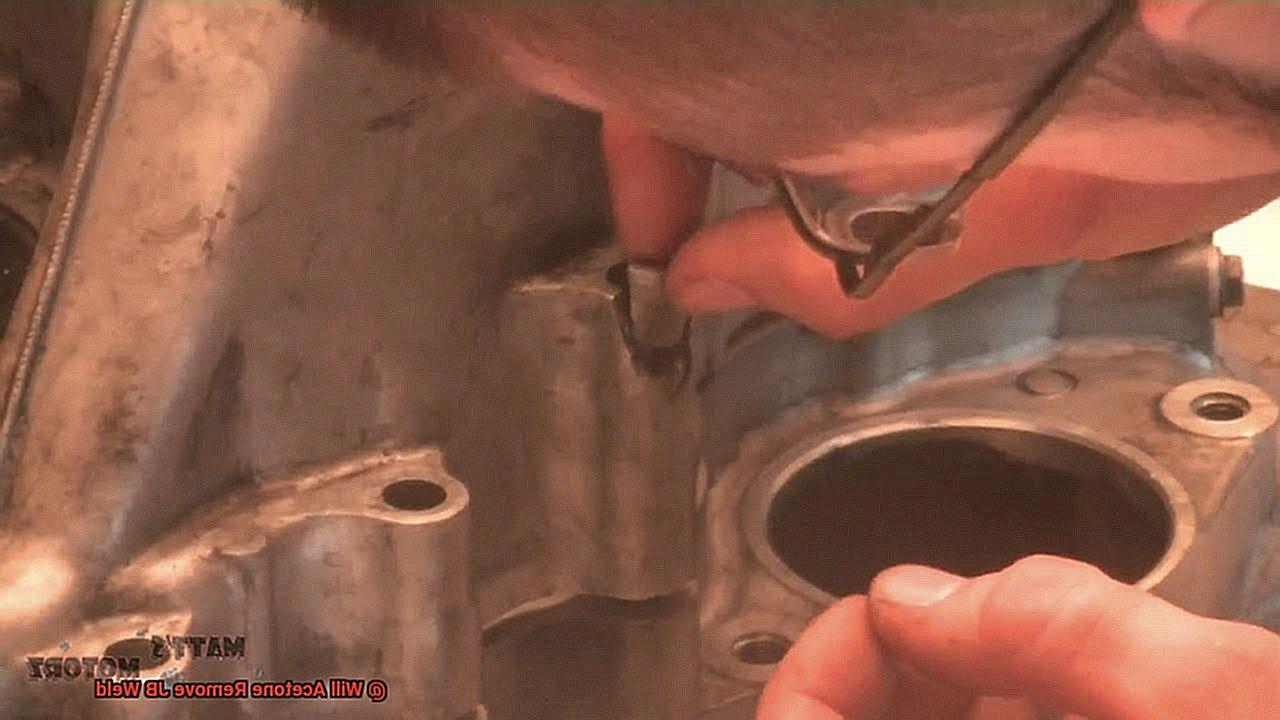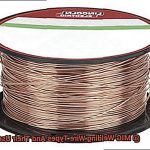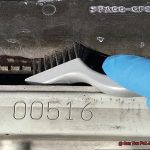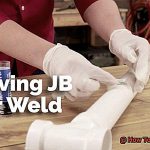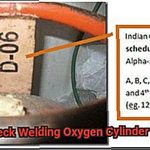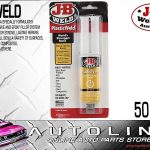Picture this: you’ve just finished fixing a cherished item using JB Weld, and it seems like everything is back to normal. But what happens when you need to undo your handiwork? That’s where the age-old question of “Will acetone remove JB Weld?” comes in.
JB Weld is a versatile product that can fix almost anything, but even the strongest bonds can be broken. Whether it’s for repairs or simply starting over, removing JB Weld can feel daunting. Luckily, acetone – a powerful solvent commonly used for cleaning – is one of the popular ways to get rid of this adhesive.
If acetone can dissolve aluminum cans and acrylic nails, why not JB Weld? By weakening its bond to the surface, acetone dissolves the adhesive properties of JB Weld. However, before you grab your bottle of acetone and start scrubbing away, there are a few things you need to know.
In this blog post, we’ll dive deep into the question “Will acetone remove JB Weld?” and provide you with all the information you need before giving it a go. Because let’s face it – nothing is more frustrating than being stuck with an irreversible repair job.
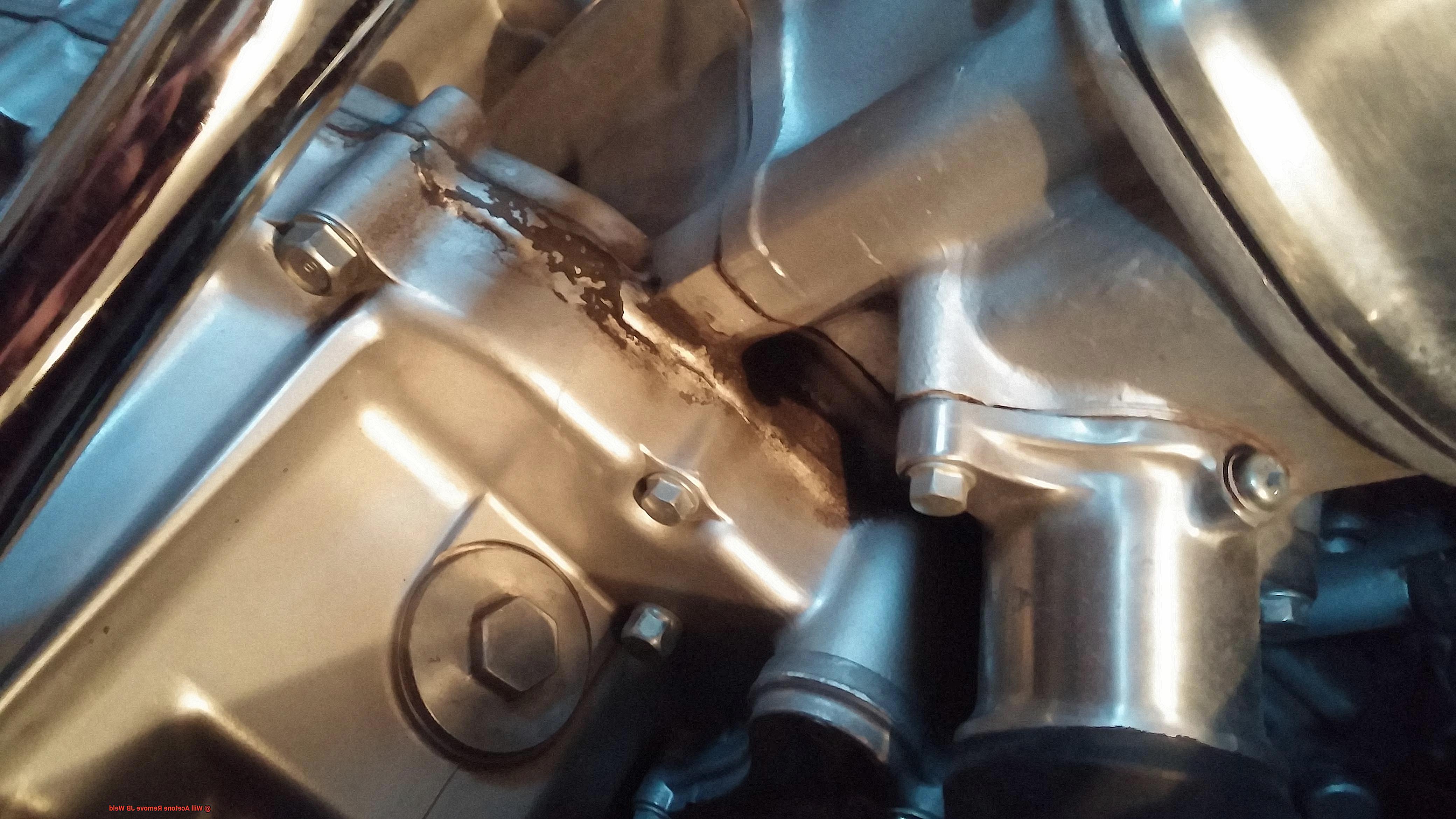
What is JB Weld?
Contents
JB Weld is a game-changing two-part epoxy adhesive that has become a household name for anyone who loves DIY projects and repairs. This superhero of adhesives consists of a resin and a hardener that, when mixed in equal parts, create a strong, permanent bond that can be used on various surfaces, including metal, wood, and plastic.
What sets JB Weld apart from other adhesives is its exceptional bonding capabilities that make it an ideal solution for applications that require a strong bond in extreme conditions. It can withstand temperatures up to 550°F (287°C) and pressures up to 5,000 psi. This makes it a go-to solution in the automotive, plumbing, and construction industries.
Whether you’re fixing a leaky pipe or repairing a crack in your car’s engine block, JB Weld is the adhesive you can count on. Once applied, it cures for several hours to form a solid bond that is reliable and durable. Its versatility and ease of use make it the perfect solution for any DIY project or repair.
However, removing JB Weld can be tricky. While acetone may work on some types of epoxy adhesives, JB Weld is known for its resistance to solvents like acetone.
The effectiveness of acetone in removing JB Weld varies depending on several factors like the length of time the adhesive has been applied and the type of surface it has bonded to.
Therefore, proceed with caution when attempting to remove this adhesive from surfaces.
Can Acetone Remove JB Weld?
To start, let’s define what JB Weld is: it’s a two-part epoxy designed to bond metal, ceramic, and plastic surfaces. Once cured, it forms a robust and durable bond that can withstand harsh conditions. So the question on everyone’s mind is whether acetone, a commonly used solvent, can dissolve or weaken this adhesive superhero.
The short answer is no; acetone cannot remove cured JB Weld. Once it hardens, it becomes impervious to most solvents, including acetone. But hold on. Acetone isn’t entirely useless when working with JB Weld.
One of acetone’s primary uses is cleaning up excess epoxy before it sets. Accidentally applied too much JB Weld or got it in places where you don’t want it? Don’t sweat it; acetone can dissolve the uncured material and clean up the mess. Additionally, using acetone to clean surfaces before applying JB Weld ensures a strong bond.
However, suppose you need to remove cured JB Weld for any reason. In that case, other methods like applying heat to soften the epoxy or sanding or grinding mechanically can break the bond.
So, while acetone cannot remove cured JB Weld, it still has its uses when working with this adhesive powerhouse. Whether you need to clean up excess material or prepare a surface for bonding, acetone can ensure a strong and lasting bond. Just remember that removing cured JB Weld might require some elbow grease and mechanical methods like sanding or grinding.
Factors that Determine the Effectiveness of Acetone in Removing JB Weld
Acetone is a powerful and versatile solvent that can be an effective tool for cleaning up excess material and prepping surfaces. However, removing cured JB Weld requires some elbow grease and mechanical methods like sanding or grinding. But don’t despair, as there are several factors that can impact the effectiveness of acetone in removing JB Weld.
The first crucial factor to consider is the type of JB Weld used. Different types of JB Weld have varying compositions and strengths, with some being more resistant to solvents like acetone than others. Before attempting to remove JB Weld with acetone, make sure to check which type you’re dealing with and adjust your approach accordingly.
The second factor to keep in mind is the duration of bonding. If the adhesive has been bonded for a long time, it will be much harder to remove than a freshly bonded adhesive. So, if you’re dealing with an older bond, be prepared to give it a few tries before seeing results. Patience is key.
Temperature also plays a critical role in the effectiveness of acetone. If the adhesive was bonded at higher temperatures, it will be much harder to remove using solvents like acetone. So, if you’re working on a project that requires curing at high temperatures, keep in mind that removing the bond may be more challenging.
Lastly, surface area can impact the effectiveness of acetone in removing JB Weld. If the area is small and confined, it may be easier to remove the adhesive using acetone. However, if the surface area is large or irregularly shaped, it may be challenging to remove all traces of JB Weld. In such cases, it may be necessary to use mechanical methods like sanding or grinding.
How to Use Acetone to Remove JB Weld
JB Weld is a popular and effective adhesive that can make any DIY project a breeze. However, there may be times when you need to remove it. That’s where acetone comes in – a powerful solvent known for its ability to dissolve adhesives and sealants. But before you start pouring acetone all over your project, there are a few things you need to know.
Safety First
When working with acetone, safety should always be your top priority. Make sure you’re in a well-ventilated area and wear protective gear like gloves and eyewear to avoid any potential harm from the fumes.
Apply Acetone
Once you’ve got your safety gear on, apply the acetone to the affected area using a clean cloth or brush. Be sure to saturate the area thoroughly and allow the acetone to sit for a few minutes.
Gently Scrape Away JB Weld
After allowing the acetone to sit, use a scraper or putty knife to gently pry away the JB Weld. It’s important to avoid using metal tools as they can damage the underlying surface. Instead, opt for plastic tools which are gentler and less likely to cause any damage.
Repeat the Process
In some cases, you may need to repeat this process several times until all of the JB Weld has been removed. Don’t be discouraged if it doesn’t come off easily at first – patience and persistence will pay off.
Consider Other Methods
While acetone can be effective in removing JB Weld, it’s not always the best solution depending on your specific circumstances. For example, if JB Weld has fully cured or has bonded to a porous surface like wood or plastic, acetone may not work as well. In such cases, sanding or grinding may be necessary.
Alternatives to Using Acetone for Removing JB Weld
While acetone is a popular choice, there are other alternatives available for those who do not have acetone or prefer not to use it.
One option is using a heat source such as a blowtorch or heat gun. It softens the JB Weld, making it easier to remove. But be careful. Heat sources can damage the surrounding area or cause harm if not used properly. Don’t forget, too much heat can burn your dish.
Another alternative is using mechanical methods such as sanding or grinding. It may take longer and require more effort, but it can be effective in removing stubborn or hard-to-reach areas. Don’t forget to wear protective gear while using mechanical methods. Just like wearing an apron while cooking.
Chemical solvents such as paint thinner or brake cleaner can also be used to remove JB Weld. However, these solvents can be harsh and potentially damaging if not used properly. Always read the manufacturer’s instructions and safety precautions before using any chemical solvent. Think of it like following a recipe – you want to make sure you’re using the right ingredients in the right amounts.
Finally, there are commercial products specifically designed for removing JB Weld. These products may be more expensive than other alternatives but can be effective and less damaging to surrounding materials. Before purchasing, read reviews and choose a reputable product. Just like reading reviews before buying a new kitchen gadget.
Overall, while acetone is popular, there are several alternatives available that can be just as effective if used properly. Choose the method that best fits your needs and skill level while taking appropriate safety precautions.
Safety Precautions When Using Acetone to Remove JB Weld
Before you do so, it’s essential to take necessary safety precautions to prevent any potential danger because acetone is like a ticking time bomb – highly flammable and volatile.
First, make sure you wear protective gear such as gloves, goggles, and a respirator when handling acetone. Think of yourself as a superhero on a mission. Additionally, long-sleeved clothing will protect your arms from splashes.
Next up, work in a well-ventilated area. Acetone fumes can be harmful when inhaled for an extended period. Would you want to work in a stuffy room with no fresh air? Of course not. So work outdoors or in a well-ventilated room with windows and doors open for proper air circulation.
It’s important to keep acetone away from ignition sources. Acetone is highly flammable and should be kept away from flames, sparks, cigarettes, electrical equipment, gas stoves, and heaters. We don’t want acetone to play with fire.
When not in use, store acetone properly in a cool, dry place away from direct sunlight and heat sources. And please, please keep it out of reach of children and pets. We don’t want any curious little hands getting into trouble.
Finally, dispose of acetone safely. Don’t pour it down the drain or throw it in the trash as it can contaminate groundwater and soil. Instead, contact your local waste management authority for proper disposal instructions.
FEjc96TS48U” >
Conclusion
To sum up, JB Weld is a versatile adhesive that can fix almost anything. However, even the strongest bonds can be broken. Acetone is a powerful solvent commonly used for cleaning and is one of the popular ways to get rid of this adhesive. But before using acetone to remove JB Weld, it’s important to consider several factors such as the type of JB Weld used, duration of bonding, temperature of bonding, and surface area being treated.
It’s worth noting that acetone cannot remove cured JB Weld. Nevertheless, it has its uses when working with this adhesive powerhouse. Whether you need to clean up excess material or prepare a surface for bonding, acetone can ensure a strong and lasting bond. If you prefer not to use acetone, there are other alternatives available such as using heat sources like blowtorch or heat gun, mechanical methods like sanding or grinding, chemical solvents like paint thinner or brake cleaner, and commercial products specifically designed for removing JB Weld.
When handling acetone to remove JB Weld, safety should always come first. Make sure you wear protective gear such as gloves and eyewear while working in a well-ventilated area away from ignition sources. Store acetone properly in a cool dry place away from direct sunlight and heat sources and dispose of it safely.
